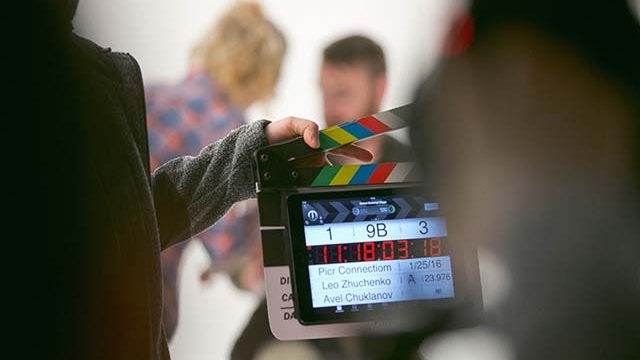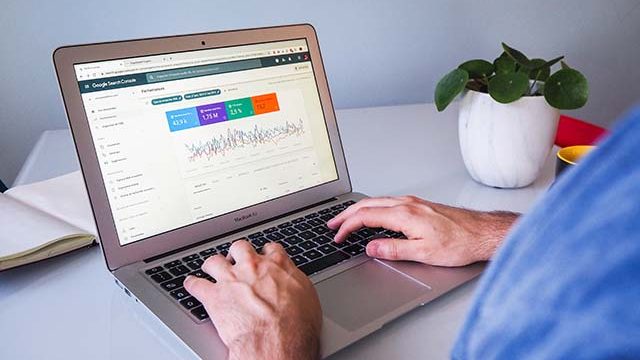The color of your room can have a huge impact on your mood. A room that’s painted in the right color can make you feel calm, energized, or excited. But if the wrong color is chosen, it can cause stress and anxiety. Here are some tips to help you choose the right color for your rooms. Creating a tv storyboard it also affects the mood of what color you are using.
Bedrooms should be a relaxing place where you can get a good night’s sleep. Choose colors that will help relax you, such as blue or green. Avoid bright colors like red or orange because they tend to stimulate the mind and body rather than relax them.
Bathrooms should be soothing and calming so that they don’t drain energy from their occupants. Green is often used in bathrooms because it represents growth and renewal, while blue symbolizes tranquility and peace. Lavender is another popular choice because it has been shown to reduce stress levels by helping people relax faster when exposed to lavender scents before bedtime or during meditation sessions.
There’s a reason why you’re drawn to certain colors.
Color is powerful. It can make us feel calm or energetic. It can make us feel happy or sad. It can even impact our moods, according to color experts.
In fact, the color of your bedroom may be influencing your moods more than you realize.
The bedroom is typically the most personal space in our home, so it makes sense that we would choose colors that reflect our personalities and preferences. But did you know that the color of your bedroom has an impact on your physical and emotional well-being?
Here are some of the benefits of different color schemes:
Blue: Blue is calming, so it’s perfect for bedrooms where you want to relax or get a good night’s sleep. It also helps reduce stress and anxiety while boosting creativity and productivity.
Yellow: Yellow is known as the happiest color in the spectrum — not surprisingly, yellow bedrooms are often cheerful spaces where people like to spend time relaxing or reading books. Yellow also increases mental clarity and alertness, so it’s great for studying or doing work in bed!
Red: Red is a powerful color, and it can make us feel energized and excited. It’s also known as an “aggressive” color because it increases our heart rate, blood pressure and stress levels — but that doesn’t mean you should avoid using red in your home entirely. Red can be used very effectively in small doses to create an atmosphere that stimulates and motivates rather than one that makes you feel anxious or irritable.
Orange: Orange is a combination of red and yellow, so it has similar effects on our bodies as red does — but because it has less red than red does, orange tends to be less intense than red alone. It’s often described as cheerful, happy and playful, which means it’s perfect for rooms where you want to relax after a long day at work or school!
Green spectrum light has a calming effect on humans because it mimics the color of leaves on trees during springtime. This makes us feel as though we’re surrounded by lush greenery and can help us relax after a stressful day!
When you’re in a bad mood, it’s easy to blame your surroundings. Maybe it was the traffic on the way home or work stress that got to you. But your home’s color scheme can have just as much of an impact on your mood as those other things — maybe even more so.
“Color affects us emotionally,” says interior designer Heather Leach. “It has been shown that people feel more comfortable and happy when they are surrounded by colors they like.”
The right color scheme can make all the difference in how you feel in a room, while an off-putting one will leave you feeling stressed out or depressed.
Choose warm colors for a relaxing atmosphere. Warm colors include reds, oranges and yellows — all of which are known for creating feelings of comfort and well-being. They’re also associated with food and sex, which makes them especially appealing. If you’re looking for a soothing environment where you can relax after a long day at work, opt for these shades instead of cooler ones like blues or greens. You’ll find yourself unwinding faster than if you were surrounded by cool hues like gray or white. Scenesbydean.com can also product commercial type of storyboard for your ads.



